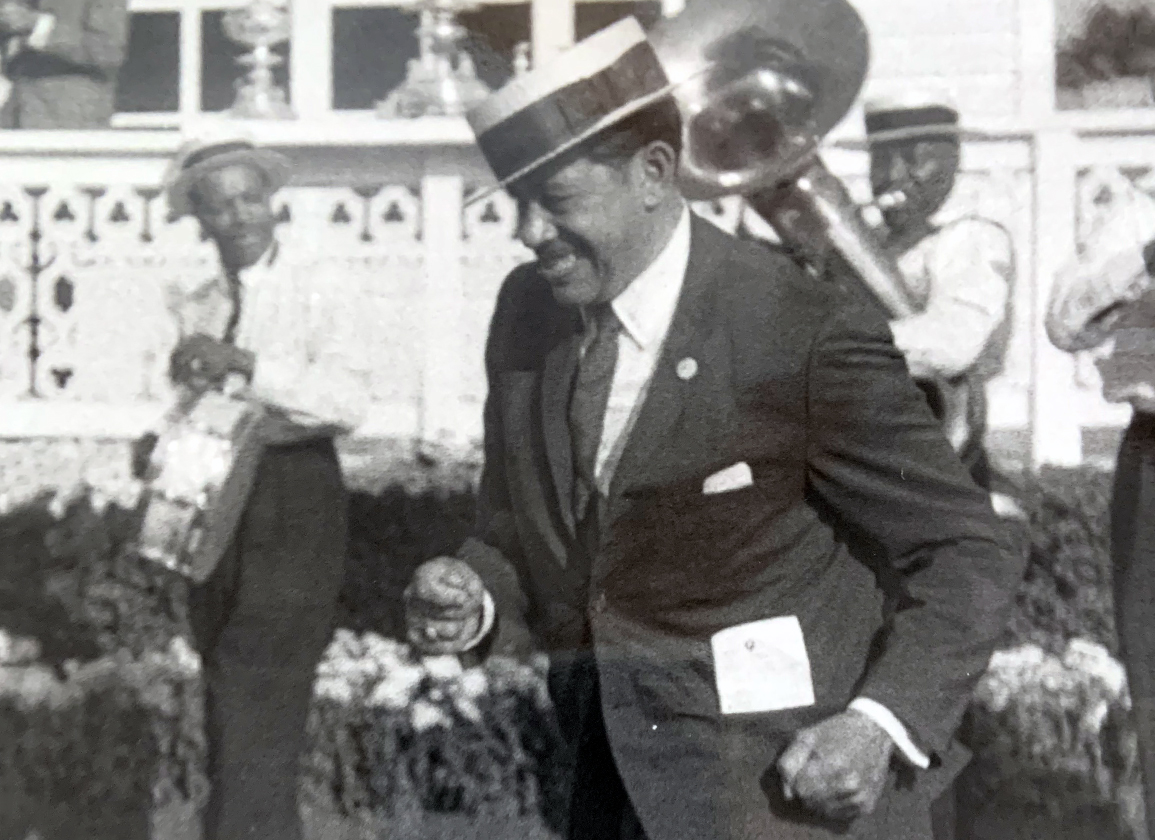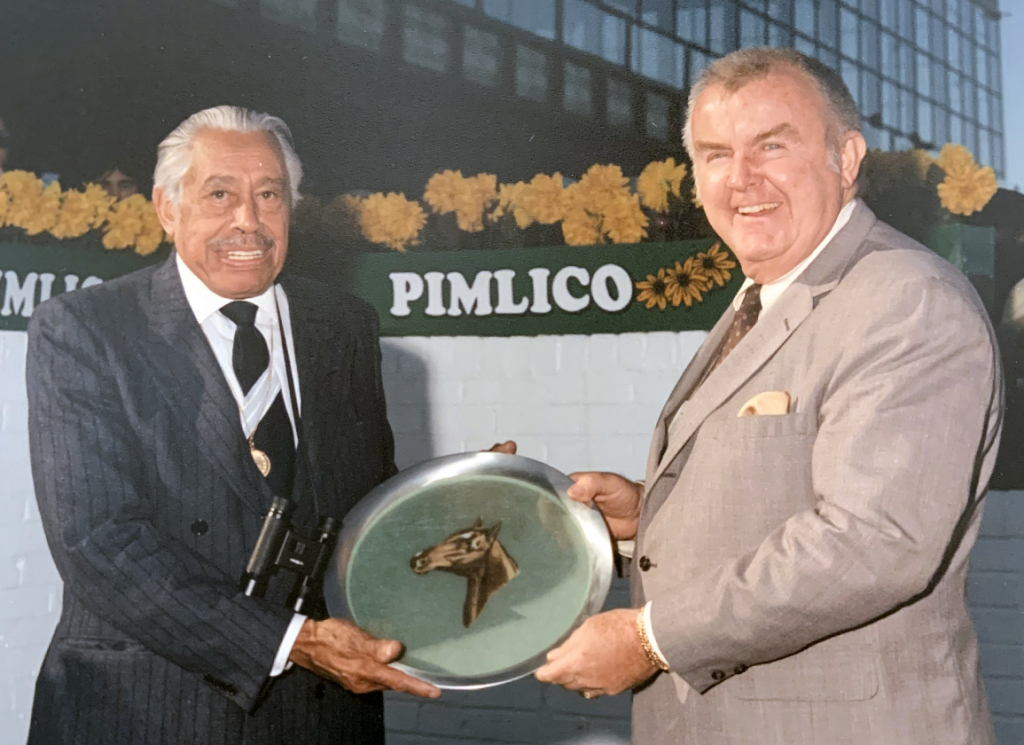By Corey Johnsen
Racial segregation is one of the dark chapters in American history. Until the 1950s and 60s, Blacks had limited access to housing, facilities, schools, transportation and other opportunities. While we have plenty of racial problems today, it's almost hard to believe that there was a systematic separation of people in daily life. To right this terrible wrong, millions of Americans began to protest in the 50s and the situation began to change. The Supreme Court ruled that school segregation was unconstitutional, Rosa Parks declined to sit in the back of the bus and highly visible demonstrations began in earnest, led by leaders such as Dr. Martin Luther King, Jr.
While there was a public outpouring of opposition to segregation, it took thousands and thousands of simple, unpublicized acts to dismantle this institution which had remained in society since the Jim Crow laws of the 1800s. Horse racing was no different than the rest of society, especially in the South. So, in recognition of Black History Month, here's a little-known story.
Let's start with some background. Most people in horse racing recognize Charles John “Chick” Lang as Mr. Preakness. Through hard work and determination, Lang took the Preakness from a weak sister to the Kentucky Derby and Belmont to the “Middle Jewel” of the Triple Crown. During his decades-long stint with Pimlico, he set the Preakness on course to become one of America's great races. It is annually the top sporting event for Maryland and the city of Baltimore, with more than 100,000 fans in attendance and millions watching it on television.
As a former hotwalker, groom and jockey's agent, Lang was a true racetracker. He never forgot the importance of each individual who played a role in Thoroughbred racing. Lang believed the backstretch worker deserved the same amount of respect as the wealthy owner. He was a tireless advocate for the rights of the less fortunate.
Early in Lang's horse racing career, he was the jockey agent for Hall of Famer Bill Hartack. From 1954 to early 1960, Lang and Hartack had a great run. Lang was representing a jockey who was considered one of the most successful and highest-paid professional athletes in the world. In 1958, Hartack was on the cover of Time Magazine. From 1953 to 1957, Hartack averaged 355 wins a year. During that run he had tremendous success at Hialeah, which offered the greatest racing in America at that time of the year. Hartack, who would go on to win five Kentucky Derbies, was the most recognizable athlete in Thoroughbred racing.
The second character in the story is Cab Calloway, the Black entertainer who was a singer, dancer, bandleader and actor. His best-known song today is Minnie the Moocher (Hi-De-Ho!). He recorded one of the first music videos (and maybe the best). Calloway loved horse racing. Whenever possible, he would visit his local racetrack. Of course, when he went to Hialeah, he always looked up Lang, who marked his program with plenty of winners delivered by his jockey, Hartack. On one crowded day, Calloway mentioned that his normal seats were already taken and asked if Lang could help. While in the midst of closing entries, Lang gave Calloway his Turf Club pin without hesitation. He directed him to go see the maitre d' and have him seated at Lang's table.
A few minutes later, a dejected Calloway returned and told Lang that they wouldn't let him in the Turf Club because he was a Negro. The Turf Club was for whites only. Those who knew Lang and his famous jockey can guess what happened next. Lang went to a nearby phone and called the track manager, and there was a one-sided conversation that followed.
“If Cab Calloway is not good enough to sit in the Turf Club at this track, then my jock will never ride here again, starting today!”
Calloway returned to the Turf Club, got his table and the color barrier was broken at Hialeah.
Those who knew Lang understood he was a man of principle. There was no gray area in a matter like this. He also knew where his jockey stood on this issue. Hartack had numerous Black friends, many of them entertainers. Throughout his career, Hartack never wavered in important principles. I am sure Lang informed him of the incident that night after the races, and I am confident Hartack affirmed the importance of his actions.
Lang went to work as a racing official at Pimlico in 1960. He never wavered in his distaste for segregation. No flip-flopping on important issues. It was either right or wrong, no matter what personal consequences one might face. For example, in his first year at Pimlico, he did something that was not in his job description or within his level of authority. When he came upon the “White” and “Colored” signs on the drinking fountains at Pimlico, he took them down and they never came back.
Lang and Calloway showed us all on that day–at the races at Hialeah in the 1950s–that change is accomplished with courage and commitment, one step at a time.
Not a subscriber? Click here to sign up for the daily PDF or alerts.







